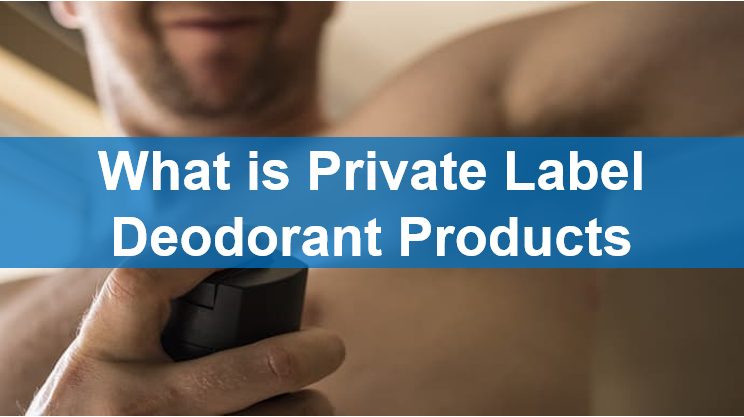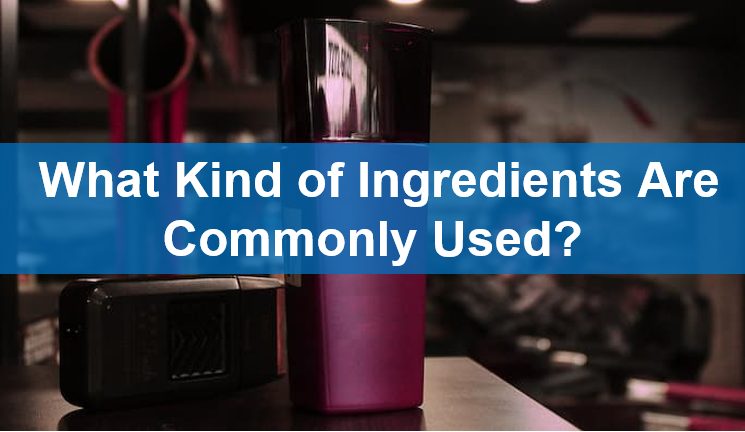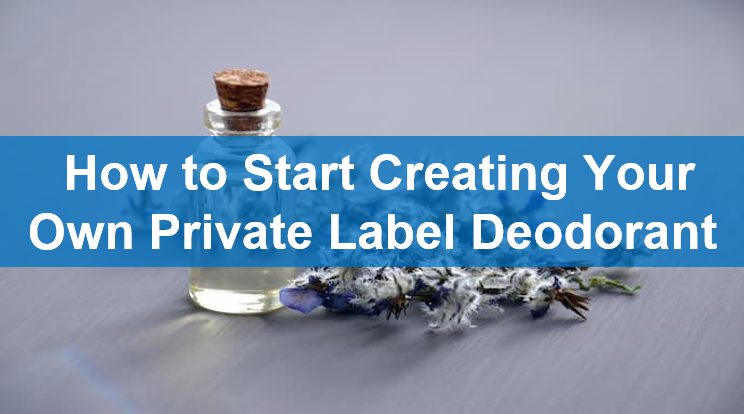
- HOME
- Cosmetic OEM Lab
I want to create private label deodorant products
What kinds of deodorant private label products can be made
How should I start developing my own private label deodorant
In the growing world of personal care and wellness, deodorants remain a daily-use essential for consumers around the globe. With increasing interest in natural formulas, sustainability, and personalized scents, the deodorant market offers a golden opportunity for brands looking to make their mark through private labelling.
Whether you’re a beauty entrepreneur, skincare brand, or retailer looking to expand your product offerings, creating your own private label deodorant line can be a highly rewarding venture—if done right. In this guide, we’ll walk you through everything you need to know to launch a successful line, from understanding the basics to choosing product types, ingredients, and manufacturing partners.

Before jumping into formulation and branding, it’s important to first understand the core concept of private label deodorants—what they are, how they work, and how they differ from antiperspirants.
Deodorant is a personal care product designed to neutralize body odor caused by bacterial growth in sweat-prone areas, most commonly the underarms. Unlike antiperspirants, deodorants don’t prevent sweating, but rather focus on keeping you fresh and smelling good throughout the day.
Many modern deodorants are formulated with natural or organic ingredients to cater to the rising demand for clean beauty alternatives.
Deodorants work by targeting the bacteria on the skin that break down sweat and produce odor. Most formulas contain:
The result is a fresher feeling and pleasant body scent, even in hot or active environments.
This is one of the most common consumer questions—and an important one for private label branding.
Due to growing consumer concerns about aluminium and potential health risks, many brands focus on launching aluminium-free deodorants, making it a key selling point for new private label lines.

One of the first decisions you’ll make in launching a deodorant line is choosing the product format. Each has its own benefits, target demographics, and market expectations.
Spray deodorants are lightweight, fast-drying, and offer a refreshing application experience. They are especially popular in hotter climates and among younger consumers who prefer a quick, non-sticky feel.
Private label sprays can be formulated as:
Stick deodorants are the classic choice in most Western markets. Easy to apply and mess-free, they offer longer-lasting formulas and are ideal for on-the-go consumers.
You can create stick deodorants with:
Stick formats also give you flexibility in branding, packaging design, and refillable eco-friendly options.
Roll-on deodorants are popular for their smooth, wet application, especially in Asia and parts of Europe. The rollerball dispenses just the right amount of product and is perfect for those who want precise coverage.
They also lend themselves well to water-based or aloe vera-enriched formulas, and are often associated with a more gentle, sensitive skin-friendly approach.

Your formula is the heart of your deodorant brand. Consumers today are more ingredient-conscious than ever, looking for safe, effective, and sustainable formulas that align with their values.
These ingredients target odor-causing bacteria, keeping you fresh without interfering with natural body processes.
Common options include:
Choosing natural antibacterial agents can help position your brand in the clean beauty space.
To keep underarms dry, many deodorants use absorbent powders to soak up moisture without blocking sweat glands.
Popular options include:
These ingredients are staples in natural deodorant formulations.
Fragrance is what sets your product apart emotionally. It can evoke freshness, confidence, energy—or even a sense of luxury.
Options include:
For private label success, unique, brand-defining scents can create emotional bonds with your target audience.

Now that you know the types and ingredients, let’s look at the key steps to get your private label deodorant brand off the ground successfully.
Before choosing a scent or packaging, conduct market research to identify:
This ensures your product has a clear value proposition and won’t get lost in the crowd.
Partnering with an experienced OEM (Original Equipment Manufacturer) is critical. They help you:
Look for OEMs that specialize in clean beauty or sustainable practices if that’s part of your brand vision.
Costs will vary based on:
Always ask for samples and compare quotes from multiple manufacturers. Consider a MOQ (minimum order quantity) that balances affordability with risk management.

Launching a successful private label deodorant line takes more than picking a scent and slapping on a label. It’s about understanding your audience, choosing the right format and ingredients, and working with reliable partners to bring your brand to life.
As consumers continue to seek out effective, clean, and conscious alternatives, the deodorant space presents a thriving opportunity. Whether you go bold with fragrance-forward sticks or minimal with organic roll-ons, one thing’s clear: a well-executed private label deodorant can help your brand make a lasting impression—literally and figuratively.
For further information, please contact us.